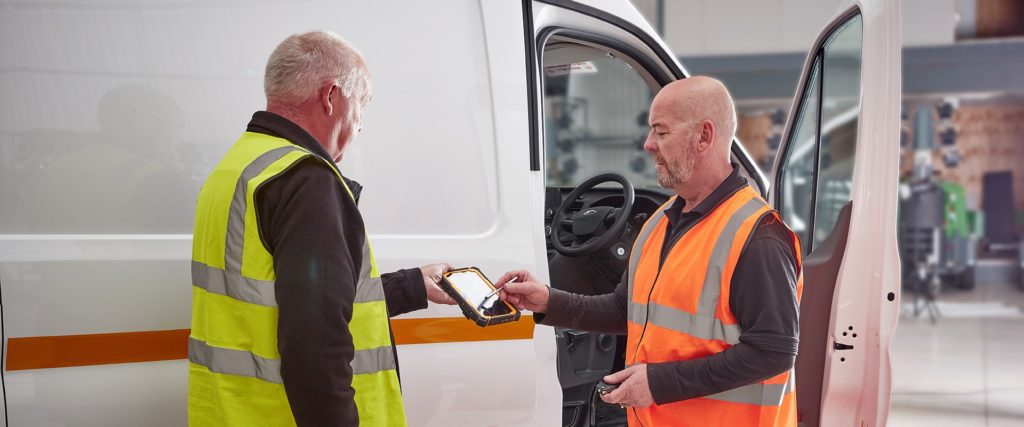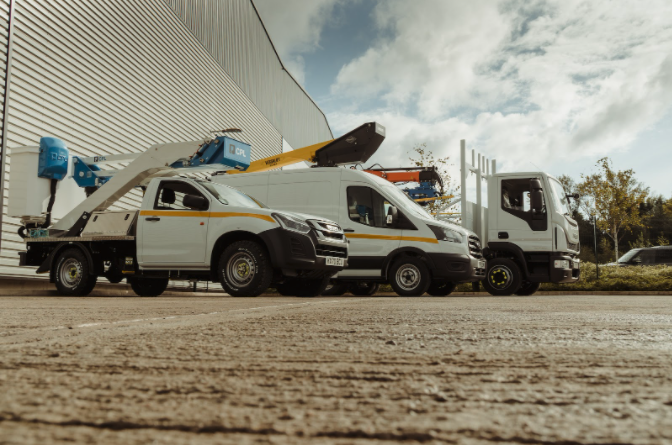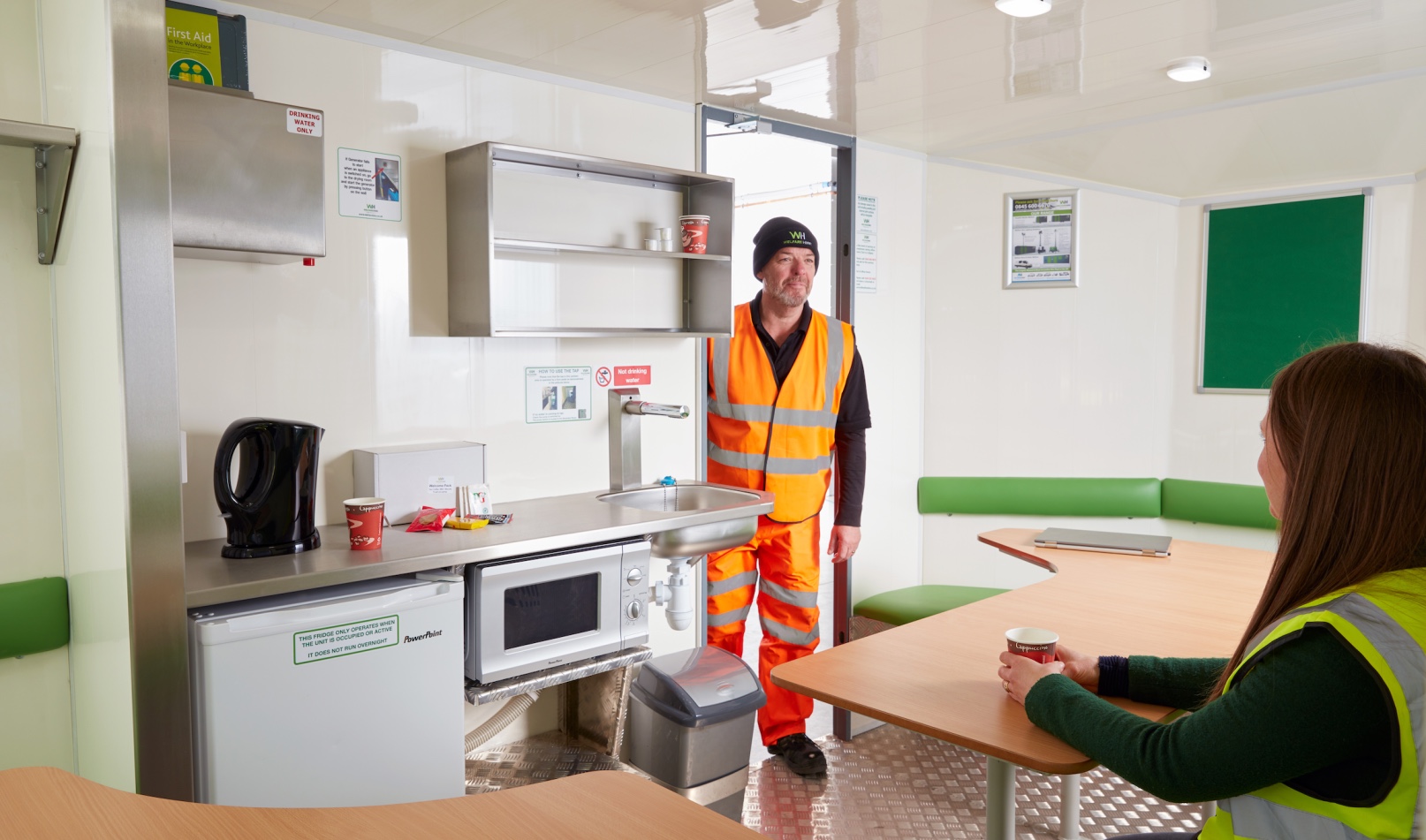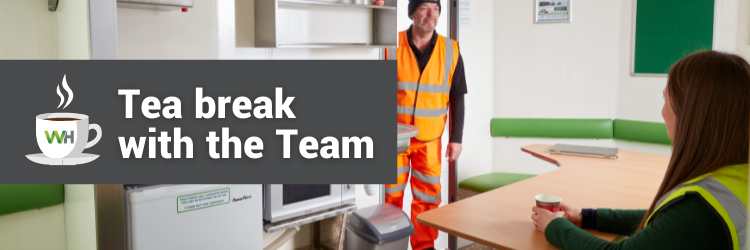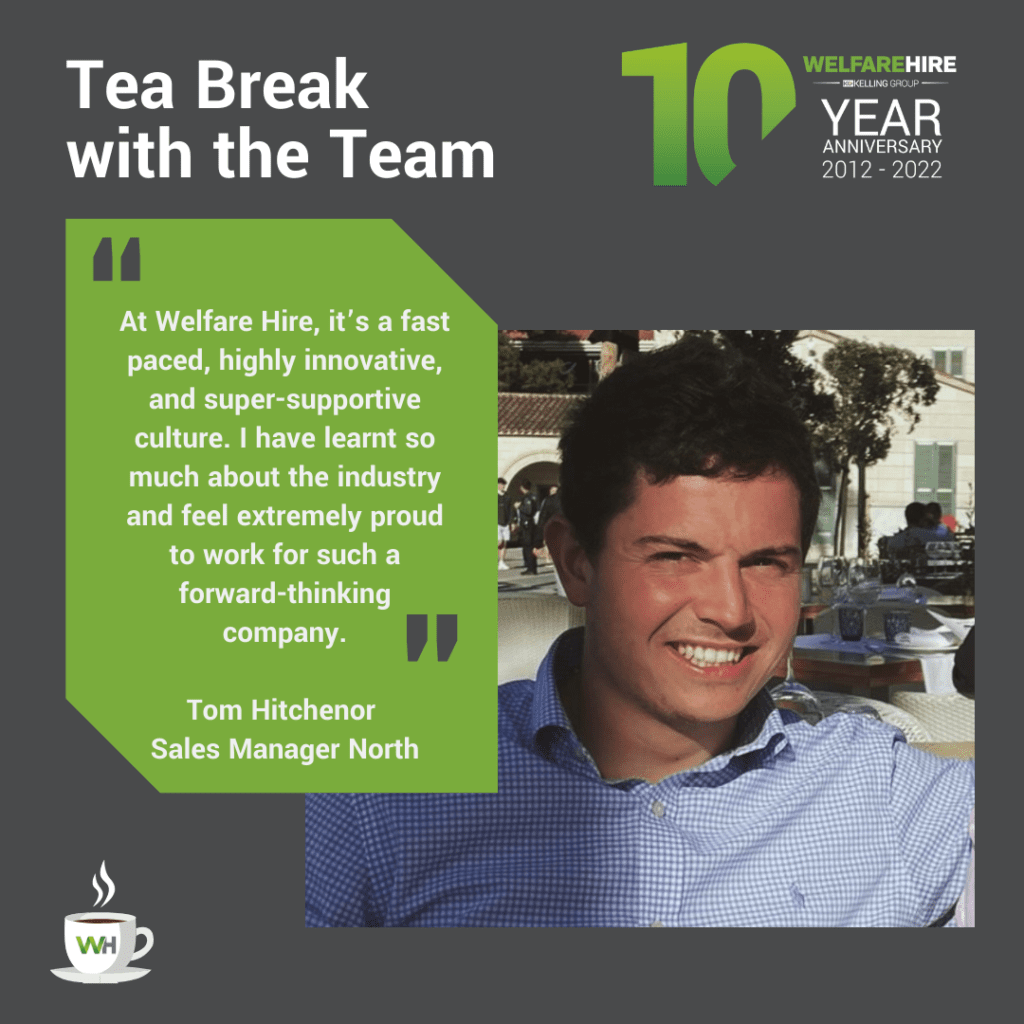Environmental, Social and Governance (ESG) ratings are increasingly essential for businesses. Not only do they help evaluate and quantify efforts to become more sustainable, they are also an important signal for investors – and a strong predictor of operational performance.
However, measuring ESG can be challenging. Because businesses need data on the environmental impact of their entire value chain – including everything from the materials they use to the welfare equipment they procure.
In this article, we explore the challenge of measuring ESG for construction firms – and how Welfare Hire’s eco-calculator is designed to help.
Three reasons to measure environmental impact
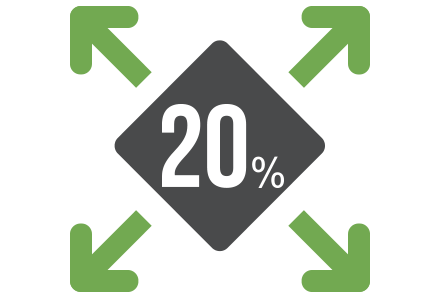
1. To validate your sustainability strategy
As Antony Brophy, Director of Business Development, Cobuilder, recently told ConstructionNews, a lack of data makes it near-impossible to be confident that our efforts to reduce carbon emissions are working¹. Consistent measurement is therefore vital to assess the impact any sustainability initiative you launch has.
You may believe a new mobile welfare unit or lighting tower is helping curb emissions, but without real data – it’s all just guess work.
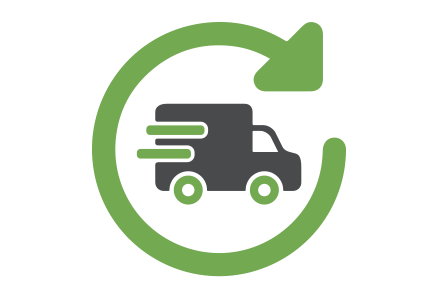
2. To enable targeted solutions
Once you have data on the emissions and environmental impact of your equipment and materials, you can make better informed decisions about how to improve things. You can target the most harmful – or easiest to improve – areas of your business first, and see exactly how much these changes impact your overall ESG rating.
This is particularly important as construction firms are often plagued by hidden emissions (often known as “embodied carbon”)², meaning decision makers often overlook big sustainability wins.

3. To track your business’s progress
Net-zero carbon and other sustainability goals are not short-term challenges – they are long-term projects that will require ongoing maintenance and monitoring. Data is crucial in this regard, as it enables your business to track and adjust its efforts over time.
When, for example, you switch suppliers and introduce a new model of mobile welfare unit, you would always assess the financial implications of the decision. And exactly the same protocols should be in place to assess the effect a decision will have on your business’s ESG rating.

Why are ESG ratings difficult to measure?
ESG is difficult to measure in part because there is no single accepted way of doing it. There are a range of ESG frameworks³, and each will produce a different rating depending on the particulars of your company’s activities.
Without a set of standardised criteria, many fear that ESG scores are unreliable indicators of a business’s true environmental impact⁴. But for construction businesses, this is not the biggest concern.
The biggest concern is that the average construction firm’s supply chain is large and complex, meaning assessing the overall impact of your activities is challenging – especially when suppliers are unable to provide you with their own ESG data.
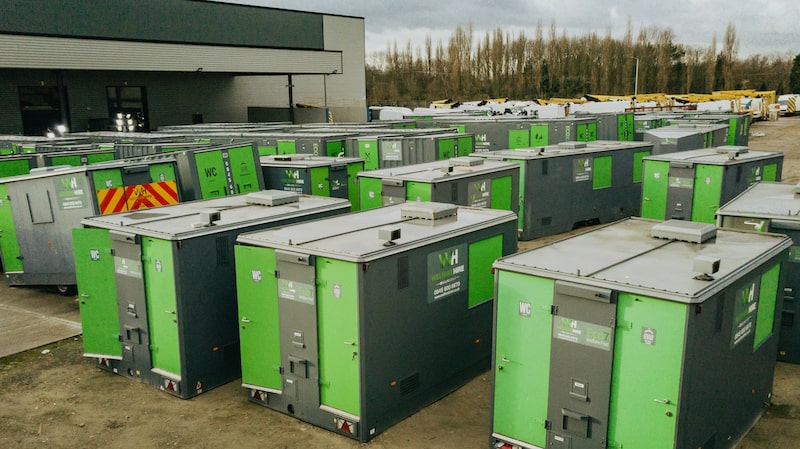
Suppliers must provide accurate data
Many construction suppliers are not forthcoming with information about their products’ ESG credentials – meaning contractors will struggle to gain full visibility of their environmental impact. They will give you the full spec on their mobile welfare units, but cannot help you when it comes to determining how their products will impact your sustainability efforts.
This is exactly why Welfare Hire created our Eco Calculator – a simple tool to provide full transparency to our partners and help them understand how each of our market-leading products will change their site’s overall emissions.
It is based on rigorous research where we took over 500,000 hire days’ worth of live site data on our products and compared it with the market standard. This enabled us to quantify the relative savings and environmental impact our product suite offers.
You can try it for yourself today
2.https://www.c40knowledgehub.org/s/article/Why-cities-need-to-address-the-construction-sectors-hidden-emissions?language=en_US
3.https://www.rio.ai/blog/esg-frameworks-explained-the-top-choices-why-they-matter
4.https://www.spglobal.com/marketintelligence/en/news-insights/latest-news-headlines/lack-of-standardized-esg-data-may-hide-material-risks-oecd-says-60541261




